Attendees at UCD’s Charles Institute Seminar Series recently heard a presentation by Prof Markus Magerl on clinical considerations in the pathophysiology of chronic urticaria
The Charles Institute, Ireland’s national dermatology research and education centre, hosts a range of guest speakers who cover a variety of topics ranging from skin cancer to psoriasis, among others. The series, which is sponsored by RELIFE (part of the A.Menarini group), is designed to provide expert advice from a range of distinguished national and international experts in their respective fields and is chaired by Prof Desmond Tobin, Full Professor of Dermatological Science at UCD School of Medicine and Director of the Charles Institute of Dermatology. The seminars are broadcast to attendees with a special interest in dermatology and cutaneous science in other locations, who access the talks remotely via an audio-visual link.
Attendees heard a presentation from Prof Markus Magerl, Professor of Dermatology at the Charité Universitätsmedizin in Berlin, Germany, on the topic ‘Pathophysiology of Chronic Urticaria’. Prof Magerl provided an outline of chronic urticaria, explaining that it is a common disease that features recurrent itchy wheals, angioedema, or both, in response to either a specific stimulus (chronic inducible urticaria, CINDU), however in most instances it can occur spontaneously (ie, chronic spontaneous urticaria, or CSU).
Quality of life can be dramatically impaired in patients with the condition, and in order to provide an optimal management of their health, physicians need to understand its pathophysiology, the potential for differential diagnoses, and current treatment guidelines.
For most patients, CSU has two distinct immune-mediated mechanisms, he explained — type I (ie, autoallergy); and type IIb autoimmunity. In type I autoallergy patients, IgE autoantibodies to autoallergens are found, for example IgE anti-TPO or anti-IL-24. In type IIb, IgG autoantibodies target activating Mast Cell (MC) receptors, for example FcεRI). As underlying autoimmune mechanisms cannot be treated causally, symptomatic therapy is required and Prof Magerl stressed the need to first rule out differential diagnoses, such as autoinflammatory syndromes, urticaria vasculitis or bradykinin-mediated angioedema.

He provided a brief overview of the standard treatment in urticaria, which comprises a second-generation antihistamine in standard or higher doses. He told the seminar that many patients, however, still suffer, despite having received the recommended antihistamine treatment. In these patients, the only currently licensed drug is omalizumab, a monoclonal antibody against IgE. Some patients with type I autoallergy respond exceptionally well to omalizumab, he said, while type IIb autoimmune patients take a longer time to respond or are refractory.
However, regardless of underlying pathophysiology, diagnosis and a proper treatment allows physicians to effectively treat most patients, explained Prof Magerl. New treatment alternatives — including novel anti-IgE antibodies, ie, antibodies inhibiting any mast cell activation — are currently in clinical trials and have shown promise, offering the hope to soon treat all CSU patients effectively, he told the attendees.
Chronic disease
Prof Magerl presented case studies on CSU, which is the most common form of urticaria, and told the seminar: “Many patients display wheals on their skin; many patients have angioedema but most patients suffer from both wheals and angioedema, but not always at the same time. One day, the patients may be suffering from wheals, and another day they could be suffering from angioedema,” he explained.
“Urticaria is a chronic disease and once it becomes chronic, it progresses to being very chronic. Using registry data, we see that [in 50 per cent of patients] the median time a patient suffers with urticaria is between two and three years, so it is self-limiting. However, in the other 50 per cent, they suffer for three years or more and some patients even suffer with chronic spontaneous urticaria for decades, and this can seriously affect their quality of life.”
For dermatologists, urticaria is a straightforward diagnosis, as there is no other skin disease that is exactly like it, said Prof Magerl. “However, a diagnosis can be difficult in rare cases, especially when patients only display wheals or only angioedema. If patients only have wheals, we have to check for autoinflammatory diseases,” he told the seminar. “We ask these patients about recurrent unexplained fever, joint or bone pain or malaise, and if patients answer ‘yes’ to one of these questions, we check for autoinflammatory disease, we check for CRP and serum amyloid, S100 [protein] and interleukin 1 and 6.”
Through our work in recent years, we now have a completely different working hypothesis of the pathophysiology of urticaria
Another potential for differential diagnosis in patients who display only wheals is urticaria vasculitis and this is suspected when the duration of a single wheal is longer than 24 hours, Prof Magerl explained, and a skin biopsy should be taken to rule out urticaria vasculitis. However, in patients who only display angioedema, other differential diagnoses should be considered and these patients should be first asked if they are taking an ACE inhibitor, which can then be discontinued to see if that affects the condition. Hereditary angioedema is another rare differential diagnosis, and should be suspected if the symptoms appear at a young age and there is a family history, as well as painful internal abdominal swelling.
Pathophysiology
He provided a synopsis of the pathophysiology of urticaria and showed evidence that infections or food intolerances can play a role as disease modulators in CSU, but not as underlying cause.
“Through our work in recent years, we now have a completely different working hypothesis of the pathophysiology of urticaria,” said Prof Magerl. “We are convinced that urticaria is still working via mast cells and still working via histamine, however… we found that IgE is responsible for a large proportion of urticaria cases. We have seen that many urticaria patients have a thyroid disease and 15-to-30 per cent of these patients develop or display antibodies in the blood. Another observation we have made is that patients with chronic spontaneous urticaria have increased IgE total levels that are much higher than healthy controls.” Further research has shown a propensity for a type I autoimmunity or autoallergy in these patients, he added.
Discussing treatment options, Prof Magerl told the seminar that second-generation non-sedating antihistamines are still the first-line option for CSU. A minority of patients respond well to a single dose, so the guidelines recommend starting with a single dose and if there is inadequate response after two-to-four weeks, the dose should be up-titrated and can be increased up to four-fold, he said [Note: this may constitute off-licensed dosing for some products]. “There is plenty of evidence that more antihistamines results in more responders,” said Prof Magerl.
Prof Magerl provided an overview of the drugs currently in development for the treatment of urticaria and explained that over recent years, therapies are being developed specifically for urticaria. In this regard, he described how it has been found that the mast cell is involved in ‘cross-talk’ with other cells in the immune system, for example eosinophils, basophils, T-cells and B-cells, among others. “There are single reports that treatment of these cross-talk partners can be beneficial in patients with urticaria,” he said.
Prof Magerl summarised his presentation by saying: “CSU has a deep impact on patients’ quality of life and needs to be treated effectively. We have different treatments, such as antihistamines, omalizumab, cyclosporine, and there are a lot of new drugs in development.
“We differentiate two types of underlying causes as a pathomechanism in chronic spontaneous urticaria,” he continued.
“On the one hand, we have type I autoallergy, and we also see type IIb autoimmunity in patients with this condition, and these patients differ in their clinical characteristics and in their response to drugs, and that’s fascinating. We are continuing to reveal how this condition works and how we can classify the remaining patients who currently do not fit into the categories of allergy or immunity.”
Wheals
During a discussion and Q&A session following Prof Magerl’s presentation, Prof Tobin raised a point regarding the appearance of wheals in cases of CSU. “They are defined as wheals because they are circumscribed and have defined borders, but in some of the case studies you presented, they almost appeared to merge and become more confluent. Is there anything known about what regulates them, as this is also a fascination in auto-inflammatory conditions like alopecia areata? So in other words, if wheals increase in number, do they generally stay separate, or is the surface area increased because they merge?”
Prof Magerl responded: “The general appearance of a wheal is very monomorphic — it always looks elevated, like a nettle sting reaction which is between reddish and whitish and is elevated and itchy. However, how it develops can be polymorphic, but single wheals can increase [in size] and become confluent. That’s typical behaviour but it’s impossible to predict how the course of urticaria will develop over the following minutes or hours [after activation]. We still have no in vivo trigger of mast cells where we could activate mast cells and that’s why we use cold urticaria as a disease model.”
RELIFE has had no input into the content of this article or series of seminars
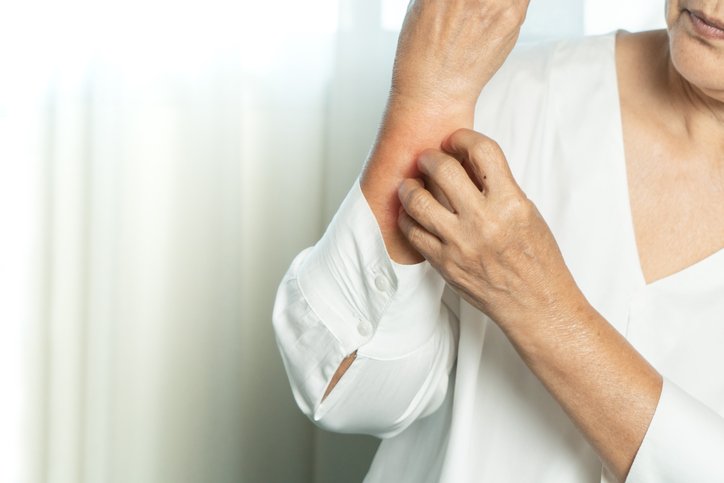

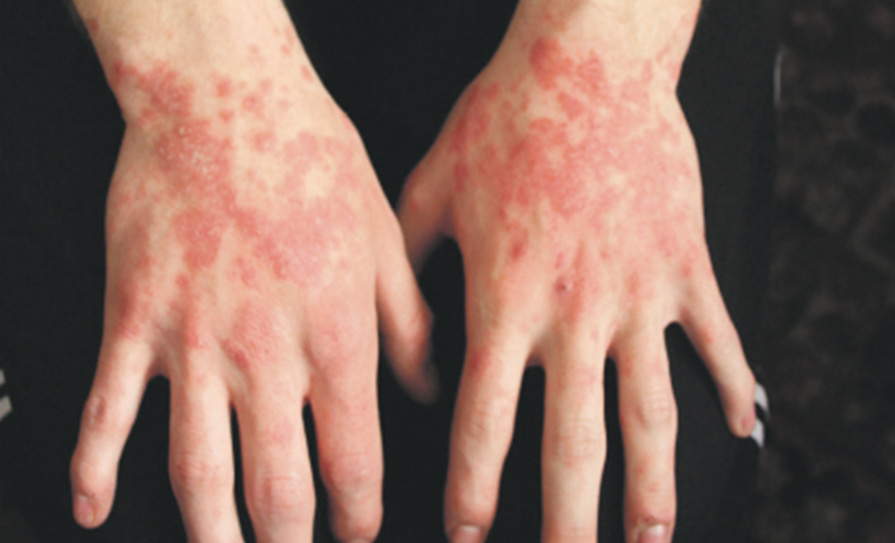
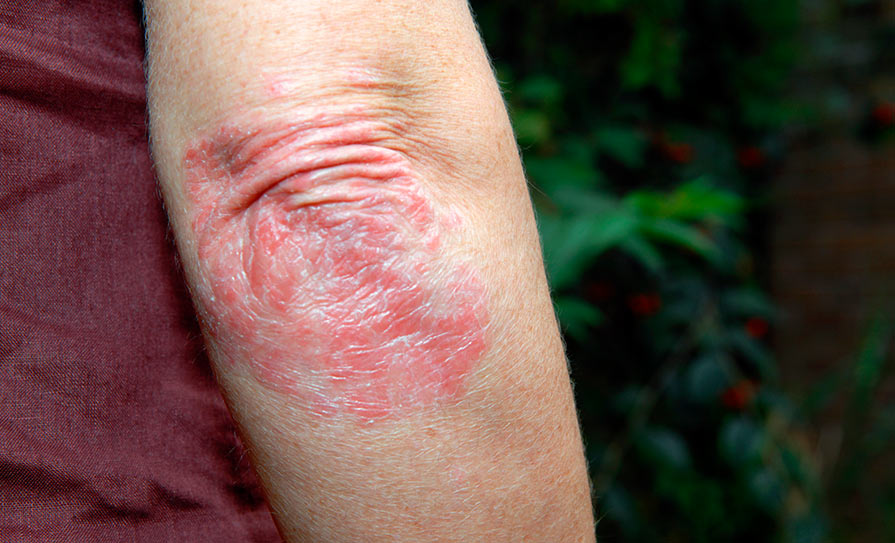

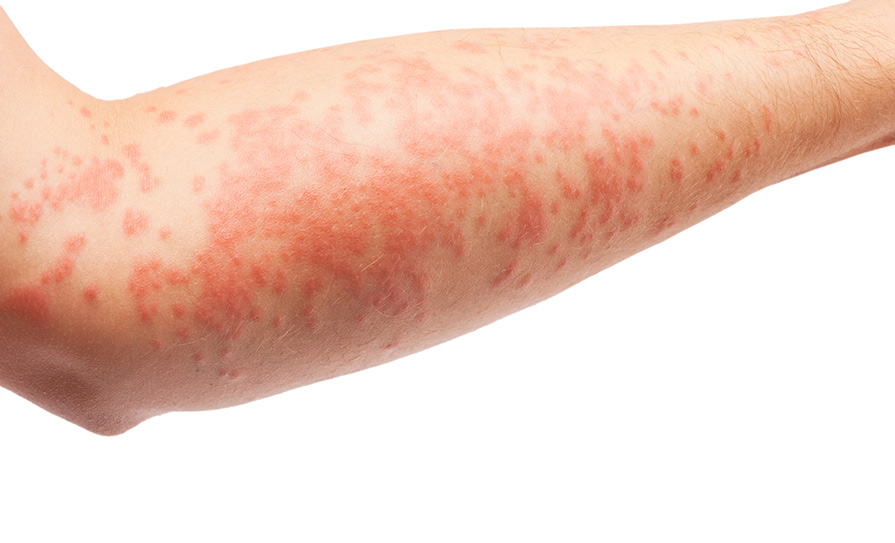

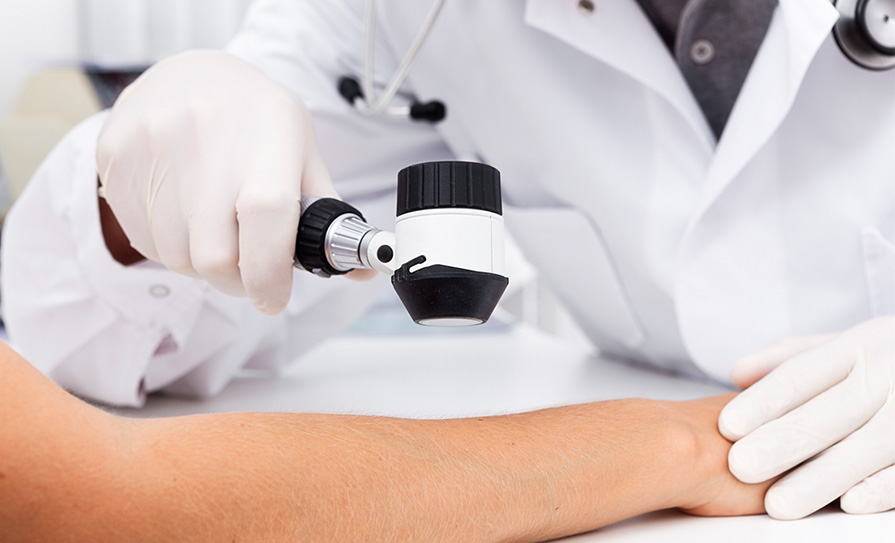
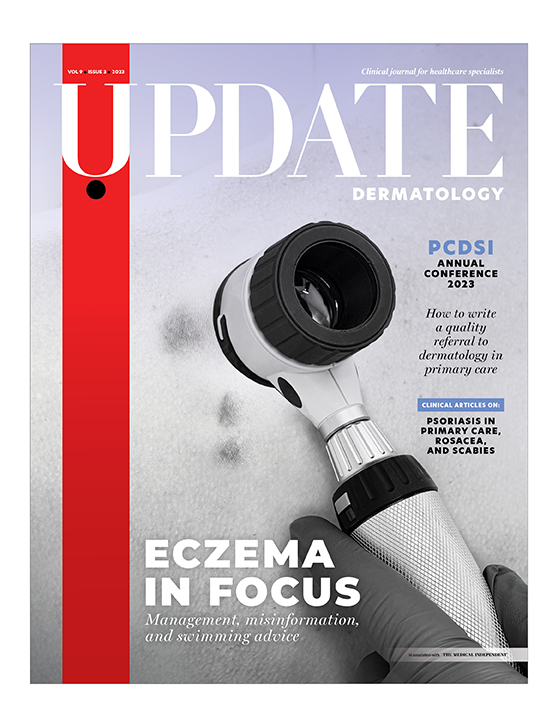




Leave a Reply
You must be logged in to post a comment.